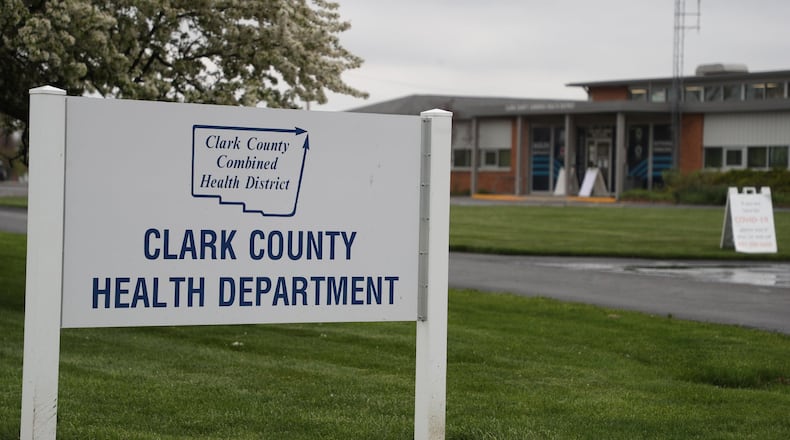County residents were having to drive to Dayton or even the Columbus area to get PrEP prior to April, Sexual Health and Wellness nursing supervisor Britney Bruce said.
“We found that was a huge barrier,” Clark County Combined Health District nurse practitioner Mary Shaw said. “We wanted to start a program here in Clark County where people can have access close to home.”
HIV (human immunodeficiency virus) is a virus that targets a person’s immune system. If HIV is not treated, it can lead to AIDS (acquired immunodeficiency syndrome). There is currently no effective cure, and once people contract HIV, they have it for life. But with proper medical care, HIV can be controlled. People with HIV who get effective HIV treatment can live healthy lives and protect their partners, according to the Centers for Disease Control.
A total of 164 people in Clark County are living with diagnosed HIV, according to 2020 data from the Ohio Department of Health. Statewide, more than 13,300 Ohioans are living with diagnosed HIV, while nearly 12,000 are living with AIDS.
In 2021, Clark County saw its highest reported number of new cases reported in a year for the past few years, with 12 new cases confirmed. This total is up from 2020′s total of seven, 2019′s total of six, and 2018′s total of 10, according to the health district.
As of April this year, two new cases of the virus have been confirmed.
The pandemic impacted the number of people testing for HIV, with many people falling behind on all kinds of health screenings.
“2022 will be a telltale year,” Shaw said.
The health district has multiple efforts to offer HIV testing. On average each month, the health district administers around 50 tests for HIV.
Health district employees also go to the Clark County Jail and McKinley Hall weekly to offer testing, and the county’s needle exchange program also offers testing.
Mostly everyone is eligible for PrEP, except for those who are already HIV positive. When PrEP is taken daily, it is 99% effective in reducing the risk of contracing HIV through sex and 74% effective in preventing HIV contraction through IV-exchange, Bruce and Shaw said. The protection kicks in between seven and 21 days after daily use.
PrEP is less effective if not taken as prescribed and does not protect against other STIs, according to the Centers for Disease Control.
Many people are at high-risk for HIV, including men who have sex with men, people who have multiple partners or who have a partner who has multiple partners, people who have partners who are IV-drug users or are IV-drug users themselves.
“PrEP can be for everyone,” Shaw said.
Insurance companies often cover the use of PrEP, and no one will be turned away for lack of ability to pay, Shaw said. ODH’s Prevention Assistance Program Interventions (PAPI) program also covers the costs of patients to test for office visits and testing costs for Ohioans seeking PrEP.
Those wanting to participate in Clark County’s clinic are screened for HIV prior to receiving PrEP and screened to ensure PrEP is safe for the patient. After the screenings, PrEP is initiated that day. Patients who start PrEP through the clinic are asked to come back after their first three weeks to follow up on their experiences taking PrEP, Shaw said.
The clinic runs at two different locations: 1209-3 Sunset Ave. and 529 E. Home Road. Those seeking more information about the clinic can contact 937-390-5600, Bruce said.
By the Numbers:
12: The number of new cases of HIV confirmed last year
164: The number of people in Clark County living with diagnosed HIV in Clark County as of 2020
13,323: The number of Ohioans living with diagnosed HIV as of 2020
About the Author

